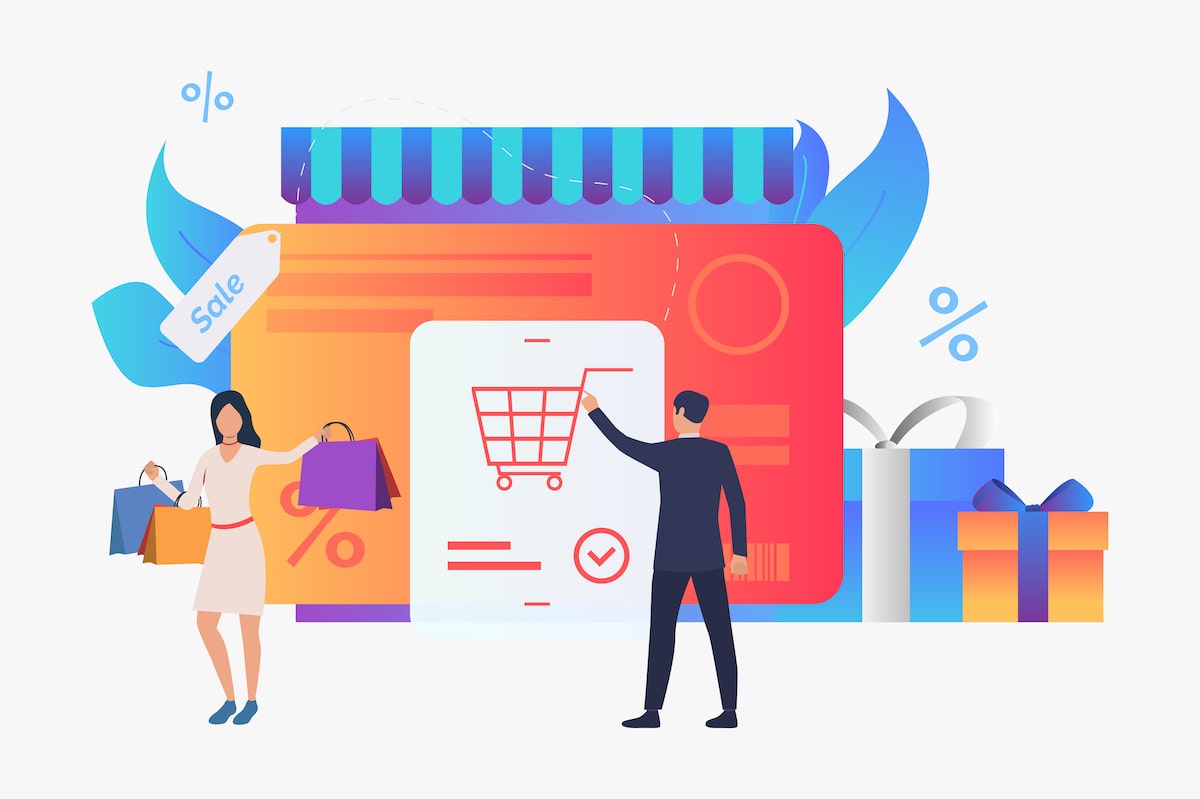Table of Contents
There are multiple steps and stages required to make an e-commerce website successful, from having a good business strategy and selecting the right products, to having an effective marketing strategy and providing excellent customer service. Tying everything together, though, is your e-commerce website.

Good e-commerce website design will facilitate, increase, and maximise online sales, while bad e-commerce website design will result in one thing – customers spending their money with your competitors rather than with you.
So, the importance of good e-commerce website design should not be underestimated. You will need an experienced e-commerce website developer in Auckland to build and optimise your website, but what are the key things you should consider? What should you be aware of, and what are the essentials of good e-commerce website design?
Clear Branding Is Non-Negotiable
Online shoppers are overloaded with choice, so you need to make sure your brand is clear, distinct, and instantly recognisable. It is also important to remember it is easier to keep a customer than find new ones. Effective branding can help with this.
Keep Pages Free from Clutter
All websites should be clean, easy to use, easy to navigate, and free from clutter, although this fact is even more important for e-commerce websites.
The shopping experience you create should have a clear flow where products are easy to find and purchase. Keeping your pages clutter-free will help.
Focus on the Mobile Experience as Much as the Desktop Experience
The percentage of people who buy products online using a mobile device varies from sector to sector, but it is likely that at least some, if not the majority, of your customers shop using a phone or tablet device.
Therefore, it is essential that you make sure your e-commerce website looks great and works properly on mobile devices. If it doesn’t, you will need to hire a website designer in Auckland to address the issue.
Optimise Your Product Pages
Product pages should look clean and attractive, with highly professional images and clear product descriptions that tell the user what they need to know while also being concise. Calls to action should also be clear, and you should include other features and details that help shoppers make buying decisions – reviews, ratings, shipping costs and information, returns policies, etc.
Make Sure Your Pages Load Quickly
This point is similar to the first on this list in that all websites should have fast loading pages, but it’s even more important for e-commerce websites. This applies when users browse your products as well as during the checkout process. Slow loading pages during the checkout process can lead to lost sales – known in e-commerce terms as abandoned carts.
Keep the Shopping Cart Visible on All Pages
This point is a golden rule of e-commerce website design. Wherever the user goes on your website, they should always be able to see the shopping cart icon, ideally with a number indicating how many items they have in the cart.
Add a Blog and Create New Content Regularly
There are multiple benefits for adding a blog to your e-commerce website including:
- Provides a greater connection between your business and your customers
- Increases traffic to your website, particularly through long-tail keywords
- Improves brand visibility
- Helps customers make buying decisions
- Gives you an opportunity to promote products, seasonal events, etc
- Makes your business stand out from the competition
Creating a Platform for Success
From our experience as an e-commerce website design company in Auckland, the development process involves stripping away as many barriers for your customers as possible while at the same time adding design features and elements that increase sales.
Doing this will give you a platform to drive your business forward.

UI/UX Consultant, Photoshop, XD, SketchApp, Product Designer, Website Designer, Mobile App Designer, Expert WordPress Developer. For web/mobile design and wordpress development related projects please contact me at dibakar@themepurpose.com





